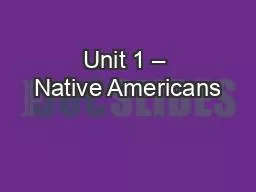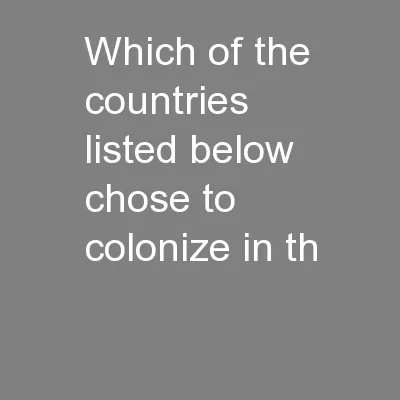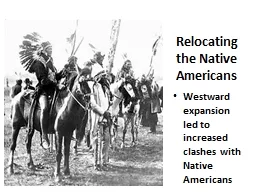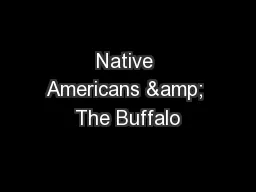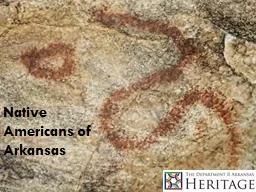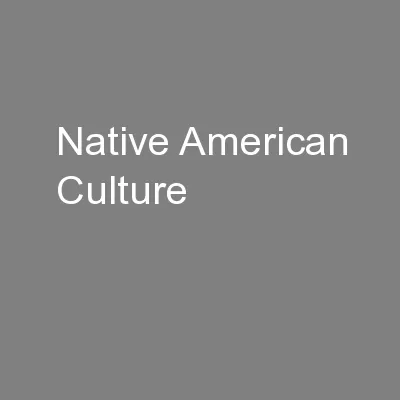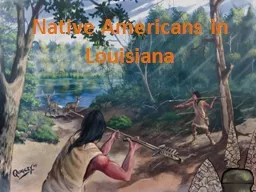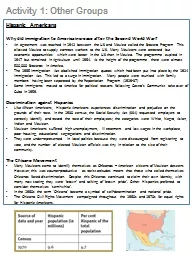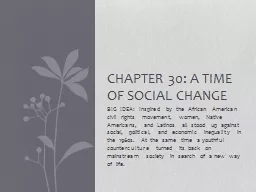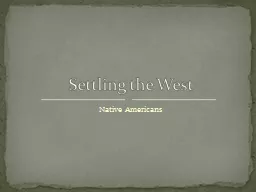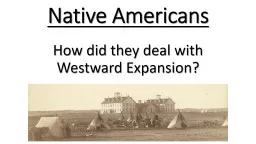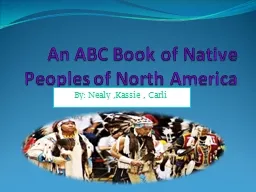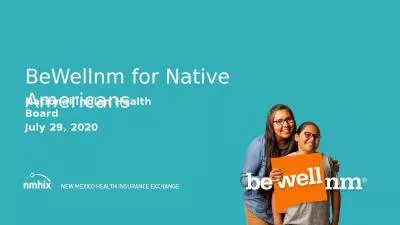PPT-Unit 1 – Native Americans
Author : majerepr | Published Date : 2020-07-03
Crossing the Land Bridge The Bering Strait The first American Indians came from Asia to No America between 1112000 years ago via a land bridge over the Bering
Presentation Embed Code
Download Presentation
Download Presentation The PPT/PDF document "Unit 1 – Native Americans" is the property of its rightful owner. Permission is granted to download and print the materials on this website for personal, non-commercial use only, and to display it on your personal computer provided you do not modify the materials and that you retain all copyright notices contained in the materials. By downloading content from our website, you accept the terms of this agreement.
Unit 1 – Native Americans: Transcript
Download Rules Of Document
"Unit 1 – Native Americans"The content belongs to its owner. You may download and print it for personal use, without modification, and keep all copyright notices. By downloading, you agree to these terms.
Related Documents

